

VERTIGO GIDDINESS
Giddiness or lightheadedness, a very common symptom seen in practise, is a term used to describe a sensation of altered orientation in space usually described by the patient as “chakar”.
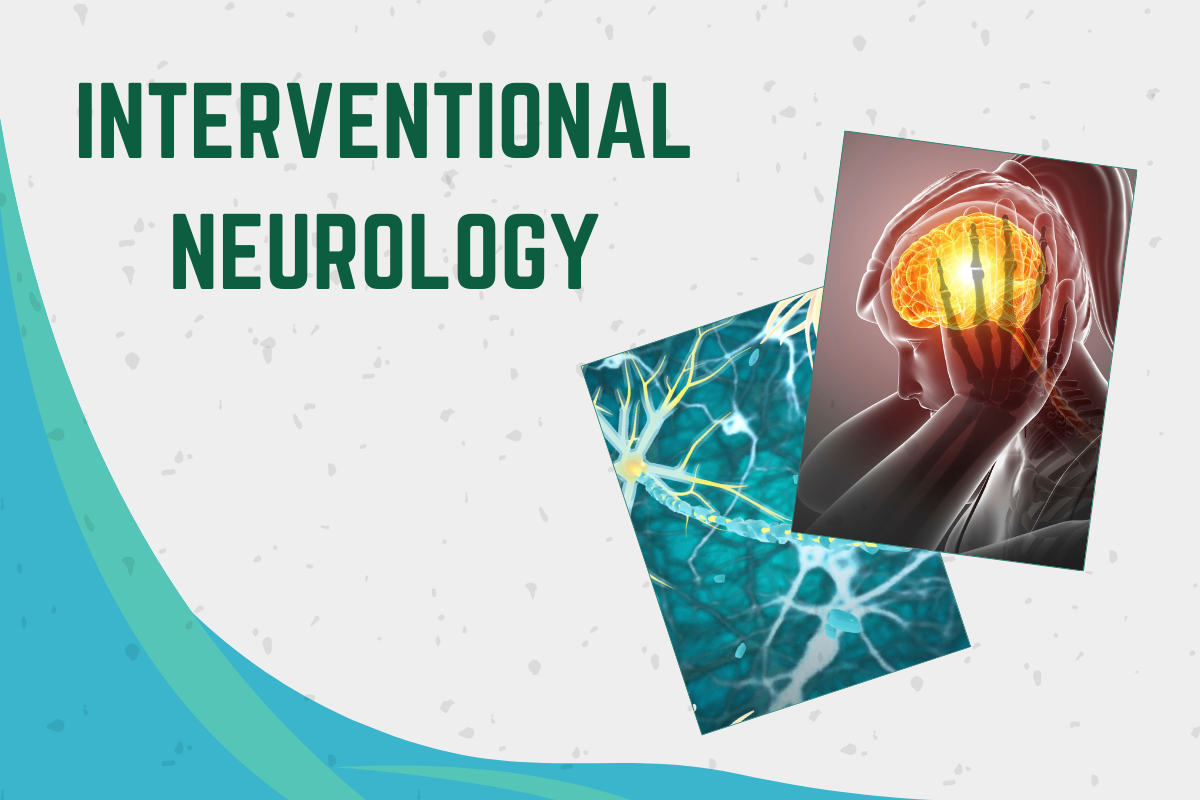
INTERVENTIONAL NEUROLOGY
Interventional neurology refers to endovascular, catheter-based techniques using fluoroscopy and angiography to diagnose and treat vascular disease of the central nervous system.
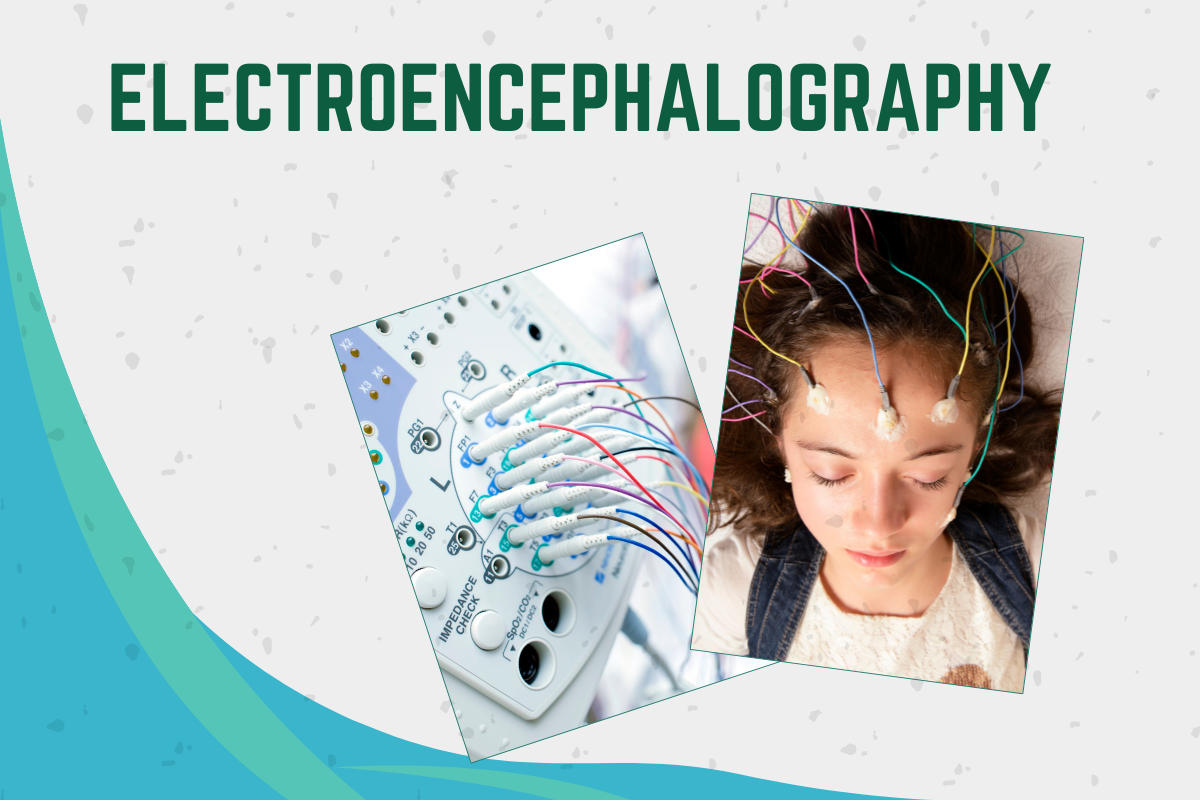
ELECTROENCEPHALOGRAPHY
Electroencephalography is the neurophysiologic measurement of the electrical activity of the brain OBTAINED by recording from electrodes placed on the scalp or, in special cases, subdurally or in the cerebral cortex

VISUAL EVOKED POTENTIAL TESTING
Visual stimuli used in VEP testing are strobe flash, flashing light-emitting diodes (LEDs), transient and steady state

HEADACHE
Headache is one of the most common presenting symptoms of neurological disorders.
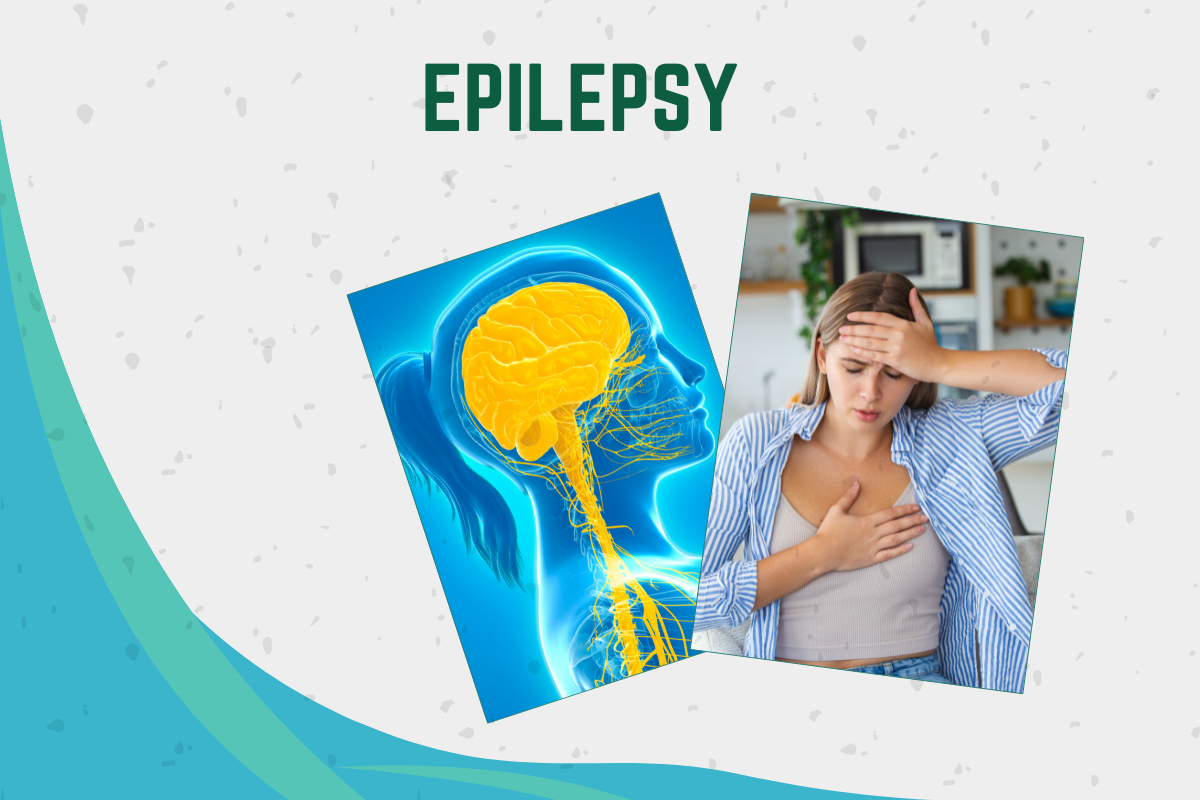
EPILEPSY
Epilepsy is a disease of the central nervous system (CNS) that can cause excess electrical activity in the brain.
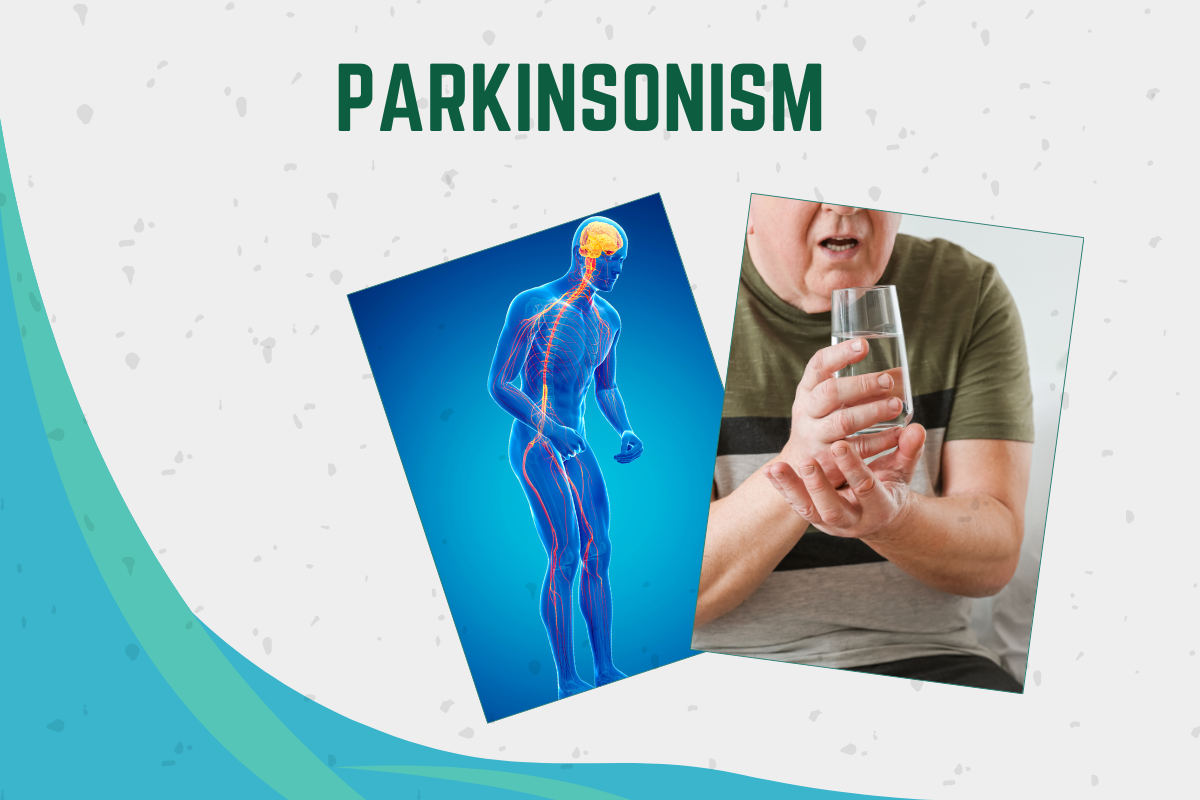
PARKINSONISM
parkinsonism is any condition that causes a combination of the movement abnormalities seen in Parkinson s disease
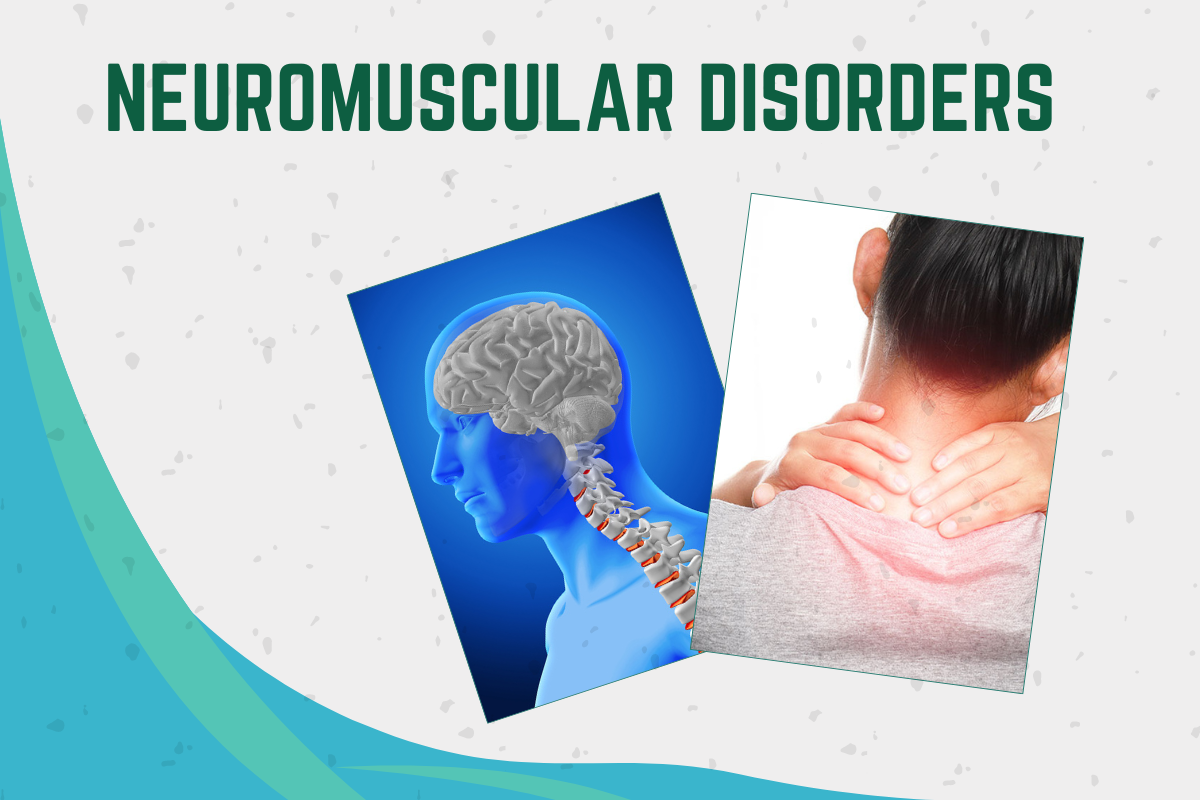
NEUROMUSCULAR DISORDERS
parkinsonism is any condition that causes a combination of the movement abnormalities seen in Parkinson s disease
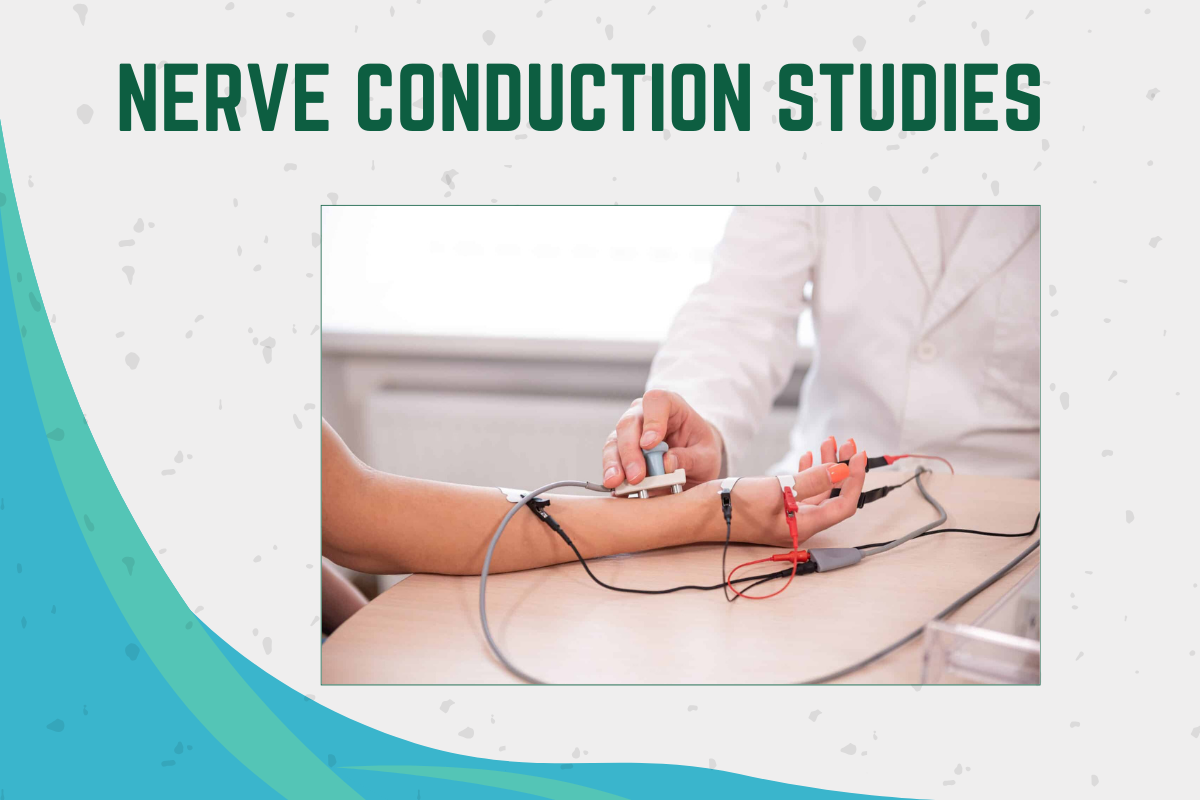
NERVE CONDUCTION STUDIES
A nerve conduction study (NCS) is an electrodiagnostic test used to evaluate the electrical conduction, and thus the function of the motor and sensory nerves of the body.
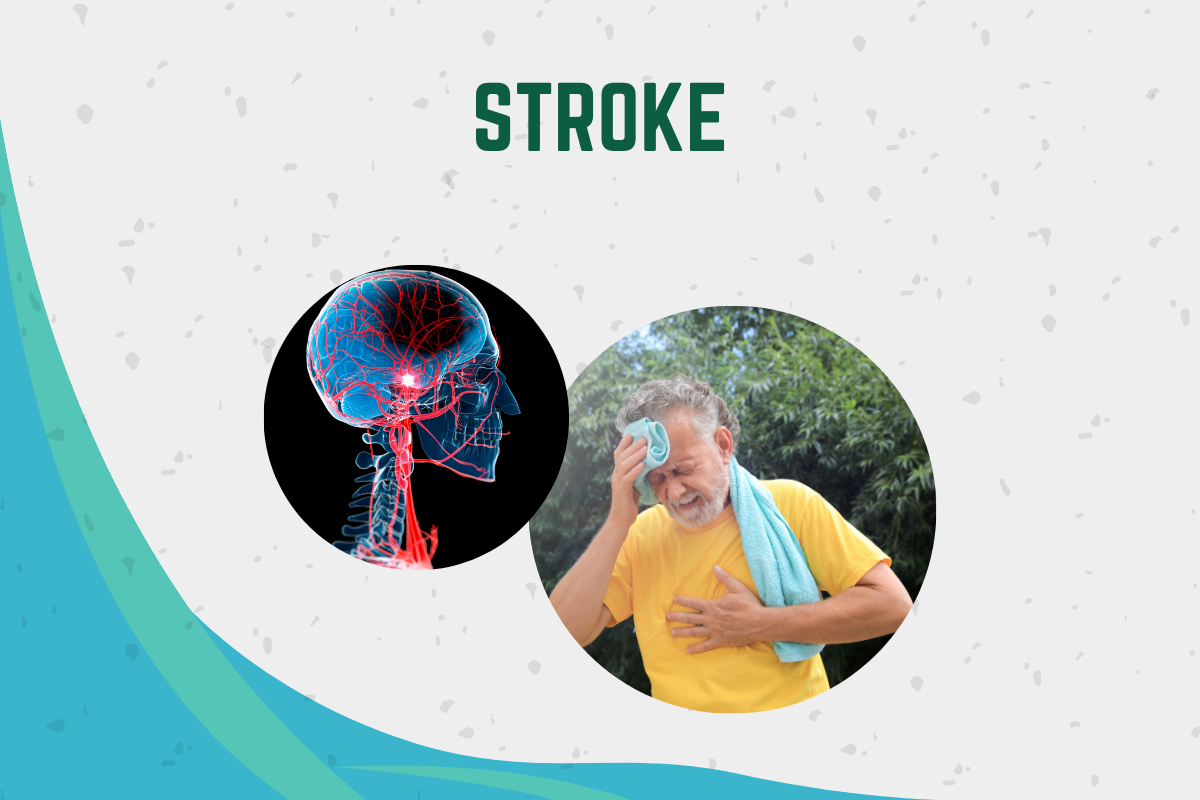
STROKE
A stroke is a "brain attack" .A stroke occurs when the blood supply to part of your brain is interrupted or reduced, depriving brain tissue of oxygen and nutrients. Within minutes, brain cells begin to die.


